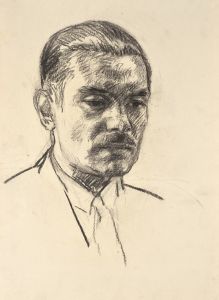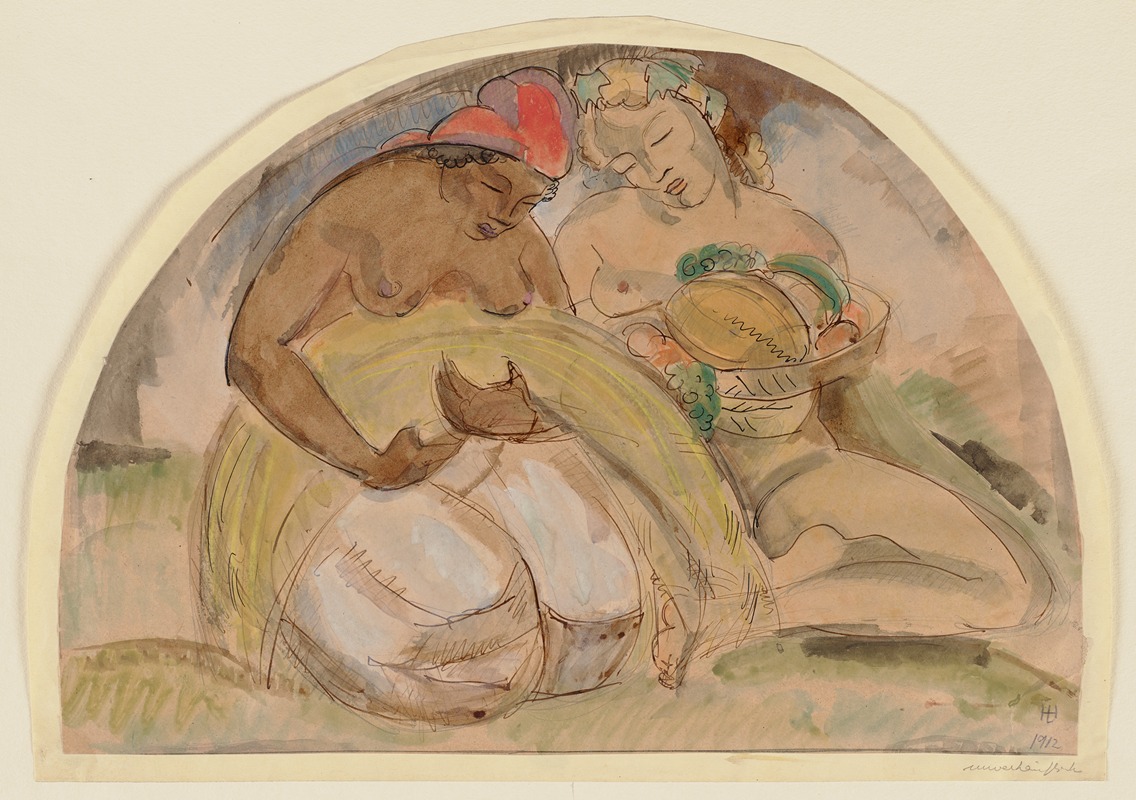
Zwei weibliche Akte, links ein Bündel Stroh, rechts eine Schale mit Früchten in der Hand haltend
A hand-painted replica of Hermann Lismann’s masterpiece Zwei weibliche Akte, links ein Bündel Stroh, rechts eine Schale mit Früchten in der Hand haltend, meticulously crafted by professional artists to capture the true essence of the original. Each piece is created with museum-quality canvas and rare mineral pigments, carefully painted by experienced artists with delicate brushstrokes and rich, layered colors to perfectly recreate the texture of the original artwork. Unlike machine-printed reproductions, this hand-painted version brings the painting to life, infused with the artist’s emotions and skill in every stroke. Whether for personal collection or home decoration, it instantly elevates the artistic atmosphere of any space.
Hermann Lismann was a German painter known for his contributions to the Expressionist movement in the early 20th century. Born in 1878 in Strasbourg, Lismann's artistic journey was influenced by the cultural and political changes of his time. He studied at the Academy of Fine Arts in Munich and later in Paris, where he was exposed to various avant-garde styles that shaped his artistic vision.
One of Lismann's notable works is "Zwei weibliche Akte, links ein Bündel Stroh, rechts eine Schale mit Früchten in der Hand haltend," which translates to "Two Female Nudes, on the Left a Bundle of Straw, on the Right Holding a Bowl of Fruits." This painting exemplifies Lismann's exploration of the human form and his interest in combining natural elements with human subjects.
The painting features two female nudes, a common subject in Lismann's oeuvre, reflecting his fascination with the human body and its expressive potential. The composition is balanced by the contrasting elements held by the figures: a bundle of straw on the left and a bowl of fruits on the right. This juxtaposition may suggest themes of nature and abundance, although Lismann's intentions remain open to interpretation.
Lismann's style in this work is characterized by bold brushstrokes and a vibrant color palette, typical of the Expressionist movement. Expressionism sought to convey emotional experiences rather than physical reality, and Lismann's use of color and form in this painting aims to evoke a visceral response from the viewer. The figures are rendered with a sense of dynamism and movement, capturing a moment of interaction between the subjects and their surroundings.
Throughout his career, Lismann's work was influenced by his experiences in Germany and France, as well as his Jewish heritage. His art often reflects a synthesis of these cultural influences, creating a unique perspective within the Expressionist movement. Despite facing challenges during his lifetime, including the rise of the Nazi regime and the subsequent impact on Jewish artists, Lismann continued to produce art that resonated with his personal and cultural identity.
"Zwei weibliche Akte, links ein Bündel Stroh, rechts eine Schale mit Früchten in der Hand haltend" is a testament to Lismann's skill in capturing the complexity of human emotion and the beauty of the natural world. The painting remains an important part of his legacy, showcasing his ability to blend traditional subjects with modernist techniques.
Hermann Lismann passed away in 1943, but his contributions to the art world continue to be recognized and appreciated. His works are held in various collections, and his influence on the Expressionist movement is acknowledged by art historians and enthusiasts alike. Through paintings like this one, Lismann's artistic vision and innovative approach to the human form endure, offering insight into the dynamic and transformative period of early 20th-century art.





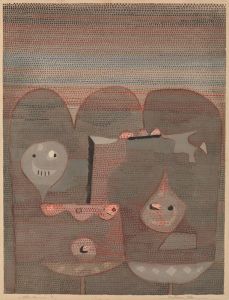
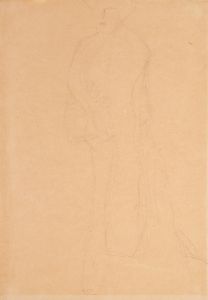
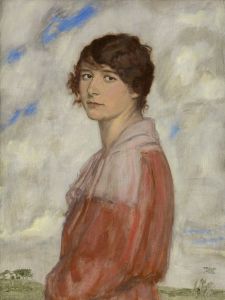
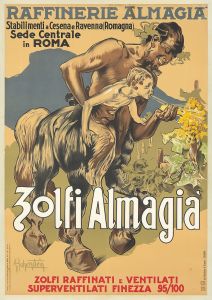

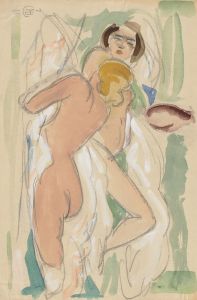

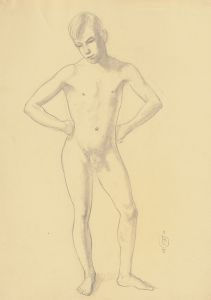


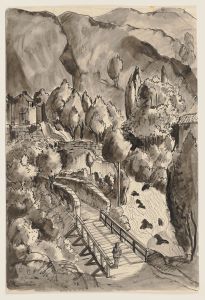
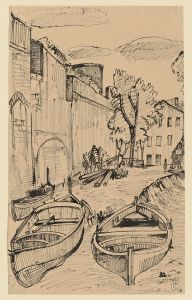
![Designs for Alamac Hotel Congo Room, 71st and Broadway, New York, NY.] [Six color studies of interior, furniture, and murals](/imgs/249310/s/winold-reiss-designs-for-alamac-hotel-congo-room-71st-and-broadway-new-york-ny-six-color-studies-of-interior-furniture-and-murals-3a813bdb.jpg)
